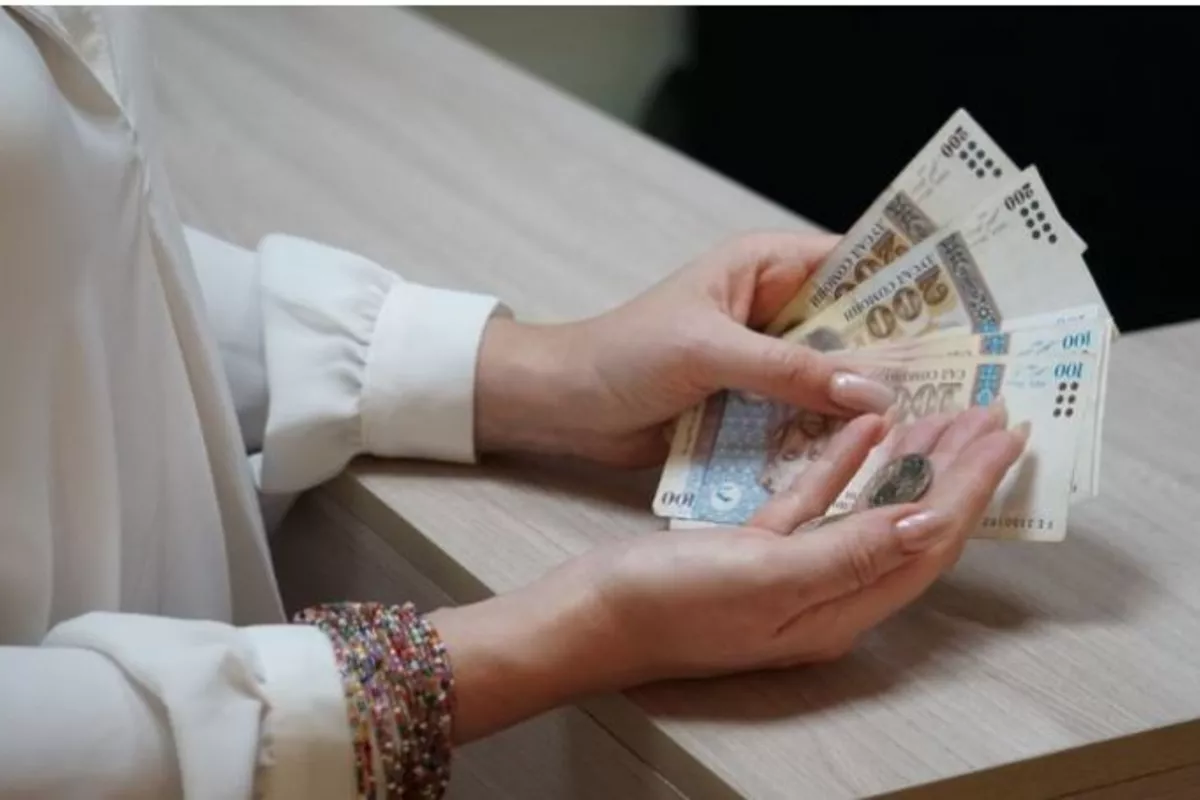
photo: Asia Plus
Tajikistan has marked the 25th anniversary of national currency, the somoni, a key milestone in the country’s post-independence journey and economic transformation.
After gaining independence in 1991, Tajikistan initially used the Soviet ruble, later transitioning through several temporary currencies before the somoni officially entered circulation on October 30, 2000, The Caspian Post reports via Tajik media.
Named after the medieval statesman Ismoili Somoni, the currency debuted with denominations ranging from 1 to 100 somoni, alongside smaller diram coins. The designs reflected Tajikistan’s rich history, culture, and architecture, symbolizing national pride and renewal.
Over the years, the National Bank of Tajikistan has introduced new denominations - including 200 and 500 somoni notes in 2010 - as part of efforts to modernize the country’s monetary system. Updated security features like holograms, raised serial numbers, and redesigned emblems have also been added to prevent counterfeiting.
Economists note, however, that the release of higher-value notes often mirrors broader inflationary pressures and the currency’s devaluation over time.
In 2016, there was even a public proposal for a 1,000 somoni note featuring President Emomali Rahmon, though it was never adopted.
Share on social media